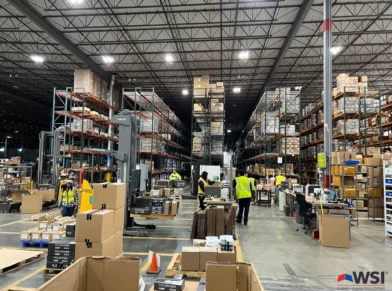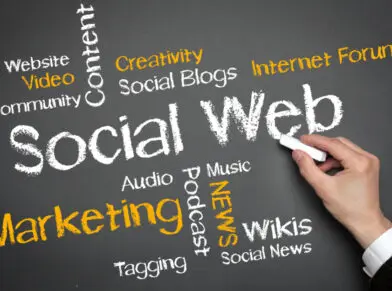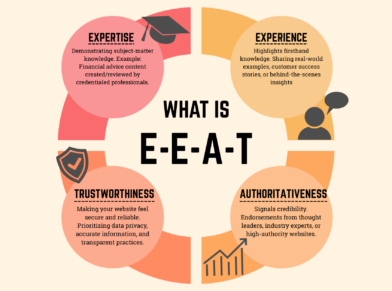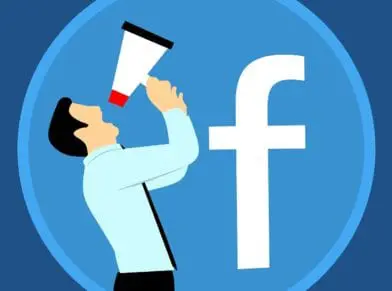SHOULD I DO TRADITIONAL OR DIGITAL ADVERTISING FOR MY BUSINESS?

As an advertising agency, we get this question a lot. The most common answer to our Dallas clients is, “depends on your business.” Different industries, product types, target markets, and B2B or B2C brands all perform differently across different mediums.
In truth, we also believe a print advertising vs digital marketing mindset is a mistake. And though the demand for digital is high, you ultimately want to advertise where your audience is. Sometimes this constitutes a multi-channel marketing approach. Other times, it’s best to concentrate your efforts on a particular platform.
As we’ll see, both digital and traditional advertising have strong points and weak spots. Let’s unpack some pros and cons of each so you can make informed choices about your business marketing strategy.
Digital Advertising Advantages
Investing in social media advertising or PPC campaigns certainly has its perks. No wonder it’s officially outpaced TV, with digital ad spend soaring to more than $209 billion in 2017. But what makes it so great?
- It’s measurable and malleable. You know who’s viewing your ad and you can make changes based on the data.
- It’s cost-effective. You determine your budget based on who you want to reach. With pay-per-click campaigns, you also don’t pay unless there’s interest.
- It’s wide-reaching. Billions of users access their social media accounts every day. Getting your ad in front of them can help fill your sales funnel.
- It’s targetable. You start by setting parameters on demographics like gender, income, age, interests, hobbies, etc. Ads are then shown to a focused group of your most likely potential customers.
- It can increase conversion rates. Search marketing can help businesses gain more leads and increase conversions as users are specifically typing queries that are aligned with your brand.
Digital Advertising Challenges
If digital advertising is so great, why isn’t everyone doing it? Well, they sort of are. That’s part of the problem. According to Adweek, 88% of businesses use it to advertise their brand. How does this impact digital campaigns?
- Digital marketing content can be quickly scanned and forgotten about.
- Readers are becoming better at tuning out ads.
- Users have increasingly short attention spans.
- Digital banner ads and native content are often associated with spam.
- The more competitive your industry’s keywords, the more you’ll pay.
- You must constantly educate yourself and your staff about algorithm changes and best practices to keep from falling behind the competition.
Traditional Advertising Pluses
Traditional ads in print, radio, and to a lesser degree, television are highly trusted, especially among older demographics. Generally speaking, they also qualify as more memorable than digital media.
- Readers sit with traditional ad mediums longer with more focus than digital.
- Information recall is higher.
- You can localize it to particular communities or neighborhoods.
- Print ads and direct mail campaigns can target leads over the long-term.
- Believability is high.
Traditional Advertising Obstacles
Radio ads, newspaper blurbs, and mailers have their limits depending on your target audience. (Hence the explosion of digital marketing campaigns.)
- It can take a while to gather results or feedback.
- You can’t be sure your messages are aimed at the right audience.
- Readers might be less inclined to take extra steps like calling or visiting your website.
- Changing or updating ads can be difficult and expensive.
- CPM (cost per exposure) rates could be extremely high.
To recap, we feel strongly that successful campaigns are ultimately those that are well-timed, well-planned, and well-executed. Whether they’re disseminated by the internet or a more traditional method depends on the particulars of your business.
Want some help figuring out which media mixes will drive sales? Let’s strategize together.

















